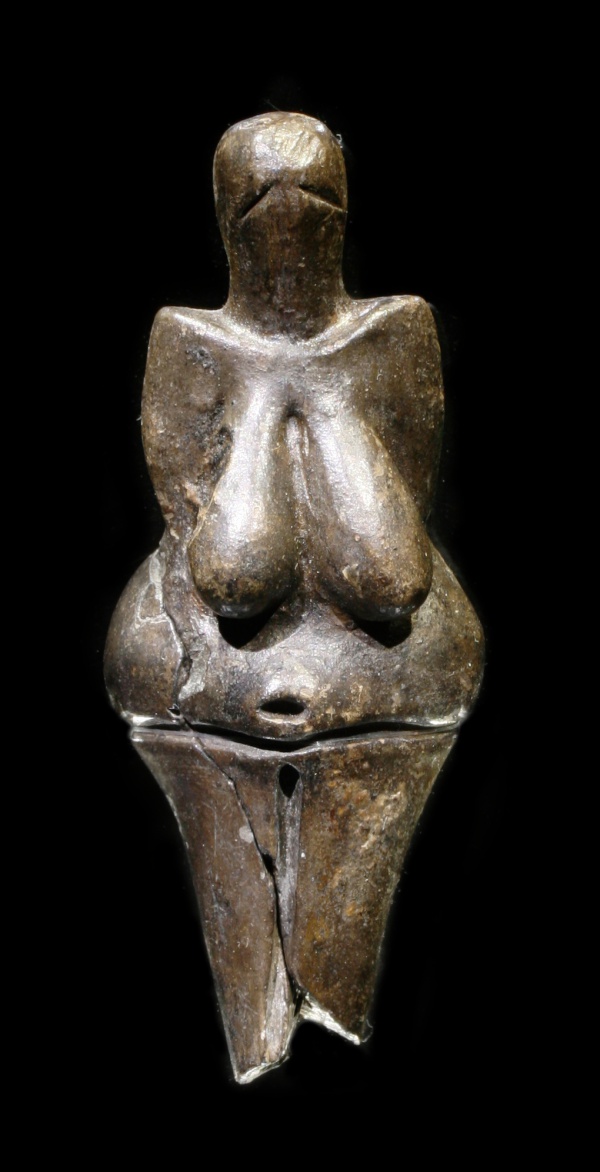Facts About Venus of Dolní Věstonice
The Venus of Dolní Věstonice is a captivating ceramic figurine of a nude woman, dating back to between 29,000 and 25,000 BCE. This places it among the oldest known ceramic artifacts in the world. It was discovered at the Paleolithic site of Dolní Věstonice, situated in the Moravian basin near Brno, Czech Republic. The statuette is notable for its exaggerated features—large breasts, belly, and hips—which are believed to symbolize fertility. It stands 111 millimeters tall and 43 millimeters wide and was crafted from clay that was fired at low temperatures.
Excavations at Dolní Věstonice have been underway since 1924, unearthing not only the Venus figurine but also animal figures and burnt clay balls. The Venus was found in 1925 in a layer of ash, broken into two pieces. Initially showcased at the Moravian Museum in Brno, it is now meticulously protected and only occasionally put on display. The figurine has also been showcased at various museums, including the National Museum in Prague.
One particularly fascinating discovery is a fingerprint on the figurine, thought to belong to a child aged between 7 and 15 years. This suggests that children may have been involved in the creation of such artifacts. Although the identity of the child remains a mystery, this detail adds a poignant human touch to the ancient artifact.
Scientists continue to study the Venus of Dolní Věstonice, offering valuable insights into the art and culture of ancient Central Europe.

 Germany
Germany